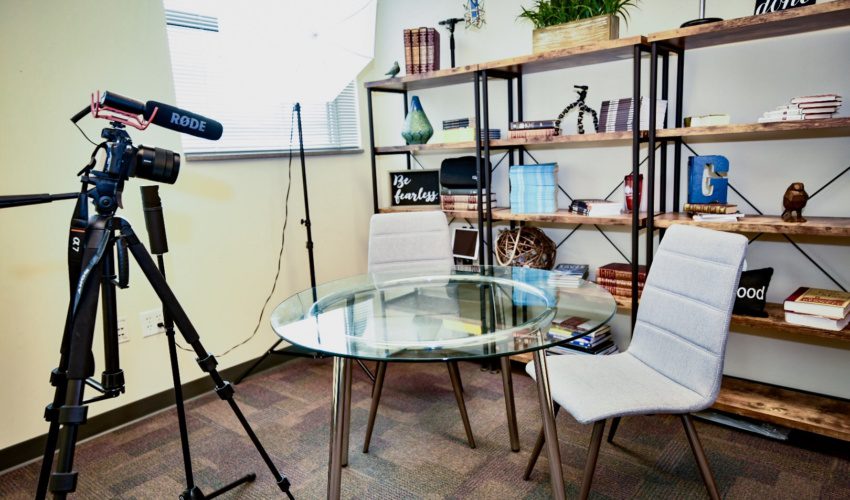Pandemic proves Avera@Home is set for health care’s future
Oct. 26, 2021
This paid piece is sponsored by Avera Health.
Long before we all learned of the coronavirus, lockdowns and mitigation efforts, Avera invested in a unique branch of health care.
Avera@Home, the at-home-focused program of the health system, proved that it could save costs while allowing patients to recover where they most want to be – at home. When the COVID-19 pandemic tsunami crashed, that system stepped up – and was set to succeed.
“There are few silver linings in the COVID-19 story, but this could be one,” said Rhonda Wiering, vice president of clinical growth and innovation with Avera@Home. “We had the capacity to serve our hospitals in their time of need because we’d prepared.”
How at-home care fit pandemic needs perfectly
As the pandemic began, Avera Incident Command leaders realized that assessment and treatment steps could help avoid surges in patients in hospitals and emergency rooms.
“At-home care, using virtual methods, could help some really sick patients remain at home and get the care they needed,” Wiering said.
Avera@Home teams helped in many ways:
- Providing care for patients after they left hospitals, clinics and emergency rooms.
- Setting up patients with important medical equipment, including oxygen.
- Supporting patients with ongoing – often daily – virtual visits or phone calls.
- Virtual monitoring of vital signs for at-home patients.
Holistic care was another part of the services these teams provided. Connecting with a health care professional daily, whether in person, by telephone or via videoconference, gave patients confidence to continue their recovery at home.
Throughout the pandemic, more than 6,000 COVID-19 patients have received care at home via virtual methods, including phone, text and video chat interactions. Many of them would have been hospitalized otherwise. At the peak of the pandemic last fall, Avera had up to 1,400 COVID patients at any one time receiving care at home via the virtual program.
“Our staff gained confidence, patients felt supported, and we gathered data on them to ensure we’d continue improving and set a path toward future innovation,” Wiering said.
About 600 professionals make up the entire Avera@Home system of care. During the pandemic, they received help from other nurses and professionals in the health system, adding almost 75 part-time staff to address care needs. When the initial spike in patients declined, the many lessons learned soon were to be put back into use.
Lessons learned and applied in the next surge
With the rise in Delta variant COVID-19 cases, the agility Avera@Home learned over the prior year became a vital element in handling new patients.
“We established a clinical excellence center early in 2020, and we used it to assess our efforts,” Wiering said. “When we relaunched this year, we applied the lessons, remained nimble and helped every patient who needed us.”
Simple things make big differences. Since a patient might need an oxygen-measuring oximeter at times outside when clinics are open, Avera@Home made sure they were available at all clinics, emergency rooms and hospitals. Those small ideas that are helping made sense, saved money and resulted in Avera@Home achieving its goals.
“We’re continuing to learn, and that’s critical,” said Sandy Dieleman, president and CEO of Avera@Home. “At-home care, when applied with skill and paired with technology, can multiply the care our health system offers, as well as extend its reach and strengthen its support.”
Future care will be at home
Acceleration of innovations or technology – be it in vaccine development or online platforms for learning and meetings – is widespread. Wiering said caring for more than 6,000 patients in their homes through the experience of COVID-19 proved many things about Avera@Home.
In the future, this team will be growing the innovative ways to care for people in the environment they are most comfortable – their home.
“The future is here, and in the face of an extremely frightening illness, we provided human connections that helped reduce anxiety,” she said. “Our service keeps evolving, and it provides a lower-cost approach to ensure people get treatment they need in a comfortable setting.”








